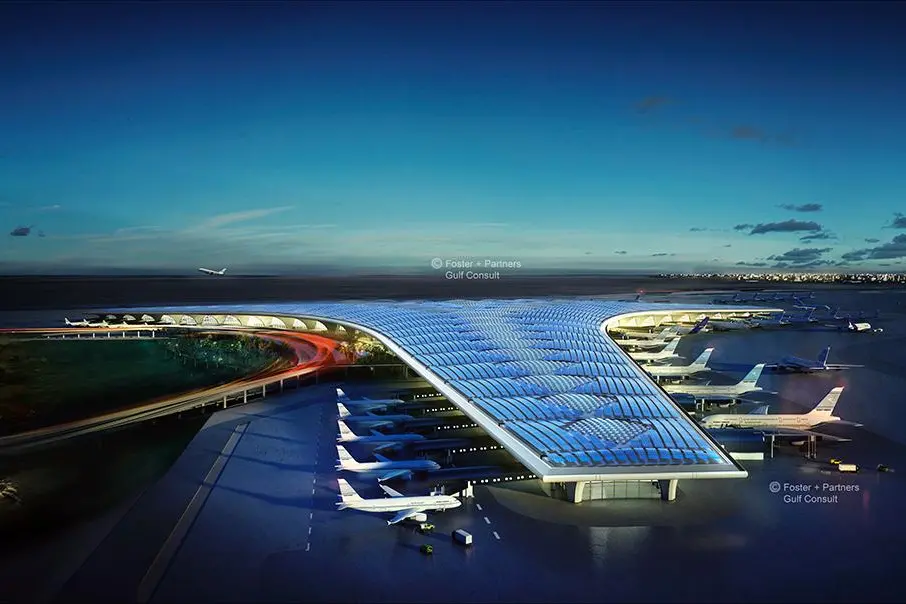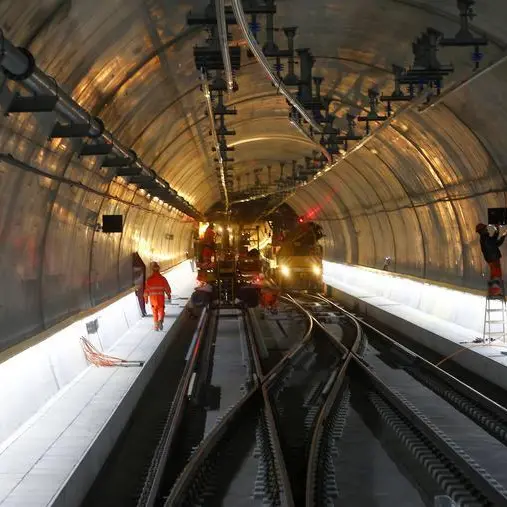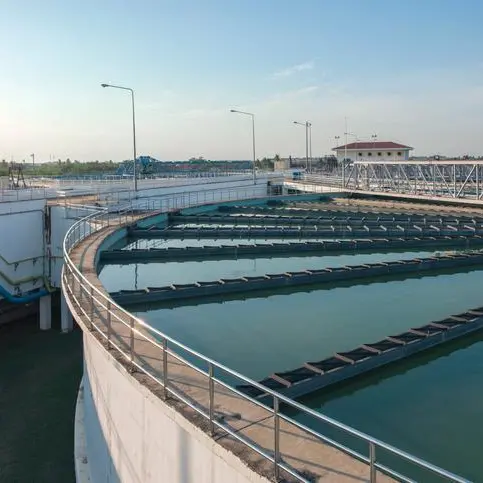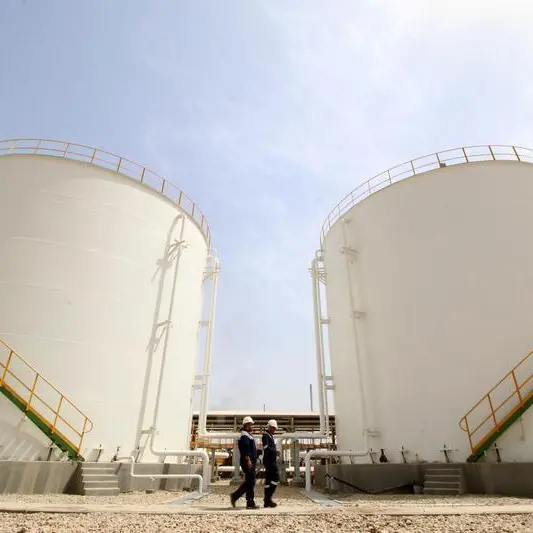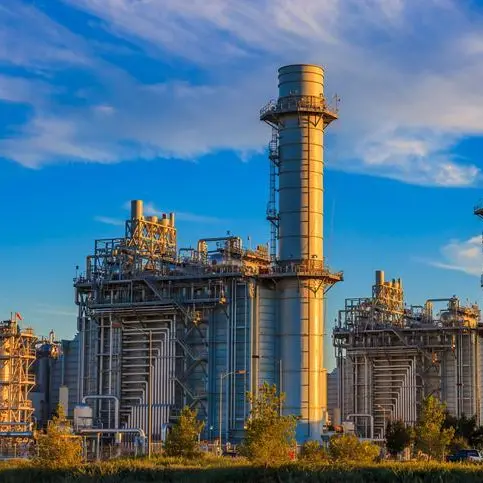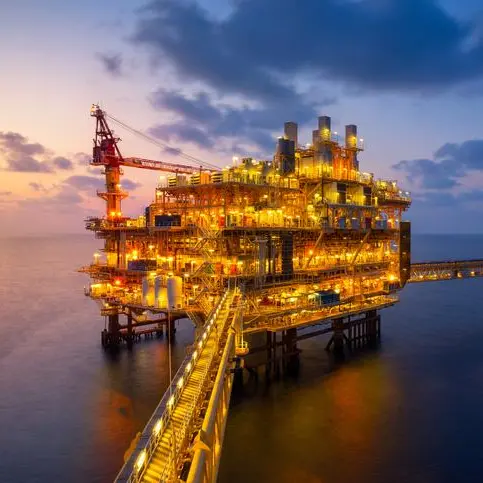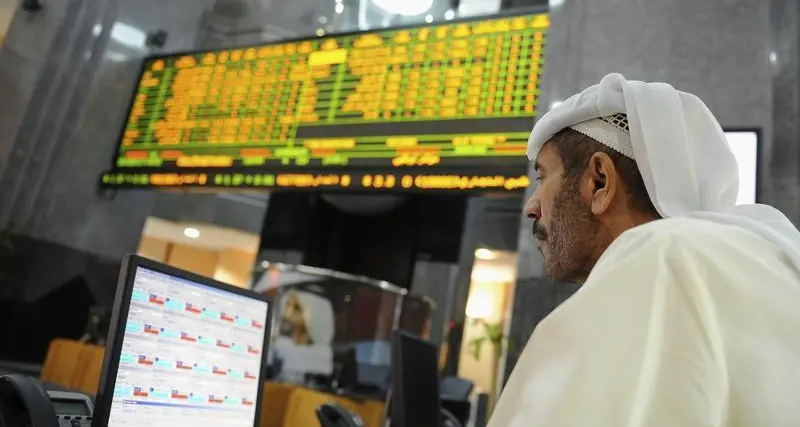PHOTO
With very little room to manoeuvre on the operating expenditure front and saddled with fixed capital costs, the global airport industry is facing an unprecedented challenge on the financial viability front, according to the Director-General of Airports Council International (ACI) Luis Felipe de Oliveira.
On the positive side, the rollout of vaccines worldwide, advancements in testing, and loosening of travel restrictions have seen domestic passenger traffic recovering faster than international traffic. ACI expects domestic passenger traffic to reach 2019 levels in 2023, while the recovery of international passenger traffic will require one more year, thus getting back to 2019 levels only in 2024.
High dependence on international travel has meant that airports in the Middle East were most affected by the pandemic-linked border closings after Europe. However, despite supply chain and other constraints, airport projects under construction have continued work maintaining a long-term perspective that looks beyond the crisis. ACI's 'The Global Outlook of Airport Capital Expenditure' has forecasted a capital need of $151 billion for Middle East airports in the next 20 years to meet future air passenger growth.
Here are the top 5 airport projects in the GCC.
1. Kuwait Airport Expansion - Passenger Terminal 2
Country: Kuwait
Estimated cost: $4.36 billion
Status: Under construction
Expected completion: Q4 2022
The construction of the new passenger terminal in Kuwait International Airport was launched in May 2017 under a six-year contract awarded to Turkey-based Limak Insaat. The new terminal is a crucial component of Kuwait's National Development Plan and Vision 2035, 'New Kuwait.' It will boost the airport's annual passenger handling capacity to 13 million passengers per year with the flexibility to increase to 25 million passengers and 50 million passengers in the future.
The project comprises of three packages: Package 1 for new passenger terminal building, central power building, water tank building, security building, infrastructure tunnel, and electrical substations; Package 2 for service buildings, roads leading to the new terminal and car park, and Package 3 for aircraft apron, taxiways and service buildings.
The scope of Package 1 involves the construction of a 4-storey terminal building over an area of 6.8 million square metres (sqm) with a built area of 708,000 sqm and a roof area of 315,000 sqm. When complete, the terminal will have the capacity to serve 21 Code F (A380) aircraft and 9 Code C (A320) aircraft, according to the information posted on Limak's website. This order can be rearranged through the Multiple Aircraft Ramp System (MARS) to serve 51 Code C aircraft.
In July 2020, Limak was awarded an approximately 169 million Kuwaiti dinar ($562 million) contract for 'Multi-Storey Car Park Building, Connection Roads, Bridges and Environmental Landscape Works Construction Project' under Package 2. Local newspaper Arab Times reported in August 2020 that Package 2's scope covers 5,000 parking lots, a road network system, 4-lane bridges for departures and arrivals, a waste-water treatment plant, rainwater storage tanks, a storage building, and service buildings.
On the sustainability front, the new terminal is designed to harvest solar energy by combining the thermal mass of the concrete structure with a 12-megawatt rooftop solar power plant. The project is also aiming for the status of the world's first LEED Gold-accredited passenger terminal building.
In December 2020, Kuwait's Central Agency for Public Tenders (CAPT) had issued the tender for Package 3. In February 2021, the project's rate completion rate had reached 41 percent, according to a press statement by Kuwait International Airport. All three packages of the project are expected to be completed by 2025.
2. Hamad International Airport Expansion (Phase 2) Concourse D & E
Country: Qatar
Estimated cost: $1 billion
Status: Phase 2A under construction
Expected completion: Q2 2022
Phase 2 of Hamad International Airport's expansion, announced in the fourth quarter of 2019, consists of Phases 2A and 2B. In July 2021, Qatari newspapers reported that work on Phase 2A, which comprises a central concourse linking concourses D and E (North Node), started in January 2020 and is expected to be completed in May 2022 before the FIFA World Cup. Phase 2A will increase the airport's capacity to more than 53 million passengers annually by 2022.
Phase 2B's work on the passenger terminal and extension of concourses D and E will commence after 2022 and enhance passenger capacity to more than 60 million annually.
The new cargo terminal will be completed by 2023 and will feature a new 3-level facility, an 85,000 sqm building footprint, and three mezzanine levels with a 323,000 sqm gross floor area. The cargo terminal will be able to handle 5 million tonnes of cargo per year.
Phase 2 will be anchored by a 7,000 sqm indoor tropical garden and 268 sqm water feature and will also include 11,720 sqm of landscaped retail and Food & Beverage spaces and a 9,000 sqm world-class lounge.
3. New Sharjah International Airport Expansion
Country: UAE
Estimated cost: $517 million
Status: Under construction
Expected completion: Q4 2024
The scope of work involves the construction new passenger terminal and supporting infrastructure for Sharjah International Airport in line with the Sharjah Airport Authority's (SAA) long-term plans to raise the airport's capacity to accommodate 20 million passengers by 2023.
In October 2020, SAA inaugurated the 40-million-UAE-dirham expansion of the eastern area of the current airport building, which will increase the building's capacity by 1,000 passengers per hour. The 4,000-square metre (sqm) extension includes four new gates, nine waiting areas, food and beverage outlets.
Meanwhile, the central utility building plant (CUP) project [Package 3] is expected to be completed in the middle of 2022. The contract, awarded to Australian contractor JLW, involves implementation of district cooling plant and pumping stations, power generation, distribution network & equipment, standby power and fuel tanks, fire protection facilities and mission-critical data centre, engineering/operations, security operations centre, crisis management, airport collaboration, and decision-making centre.
In March 2021, SAA said it had completed the engineering and procurement of building structure works and the contractor's selection for the building's finishing works. Finishing works are expected to start in the second quarter of 2021 and complete over 12 months.
According to a presentation by Parsons at a SACE webinar in November last year, packages in the tendering stage were Package 0 Terminal Building, Extension & Refurbishment of the existing terminal and associated works; IT and Special Airport Systems [Package 5]; and Pre-Conditioned Air System/ Passenger Loading Bridges/ 400Hz Ground Power / VDGS / Potable Water Equipment [Package 6]. The road packages were in the design stage.
4. King Abdullah Bin Abdulaziz Airport
Country: Saudi Arabia
Estimated cost: $500 million
Status: Under construction
Expected completion: Q2 2022
The scope of work involves the construction of a new domestic airport in Jazan with the capacity to handle 2.4 million passengers annually. The project site spans an area of 55 million square metres (sqm), while the 3-storey passenger terminal building would be built over an area of 52,000 sqm.
The first phase includes the runway and aircraft parking bay. The project also includes VIP lounges, a cargo complex, a mosque, an air traffic control tower, a fuel storage tank, a cooling plant, a sewage treatment plant, a water tank, an energy building, and a rainwater drainage network. In January 2021, Dubai-based trade magazine MEP Middle East reported that electromechanical works have started.
5. Musandam Airport
Country: Oman
Estimated cost: $250 million
Status: Design phase
Expected completion: Q4 2026
The scope of work involves the construction of two runways, a passenger terminal with a capacity of 250,000 passengers per year, aircraft parking bays, service buildings, air traffic control tower, cargo zones, taxiways, and hangar area suitable for the handling of up to Boeing 737 and Airbus 320 size aircraft and parking facilities.
(Writing by Senthil Palanisamy; Editing by Anoop Menon)
Disclaimer: This article is provided for informational purposes only. The content does not provide tax, legal or investment advice or opinion regarding the suitability, value or profitability of any particular security, portfolio or investment strategy. Read our full disclaimer policy here.
© ZAWYA 2021
